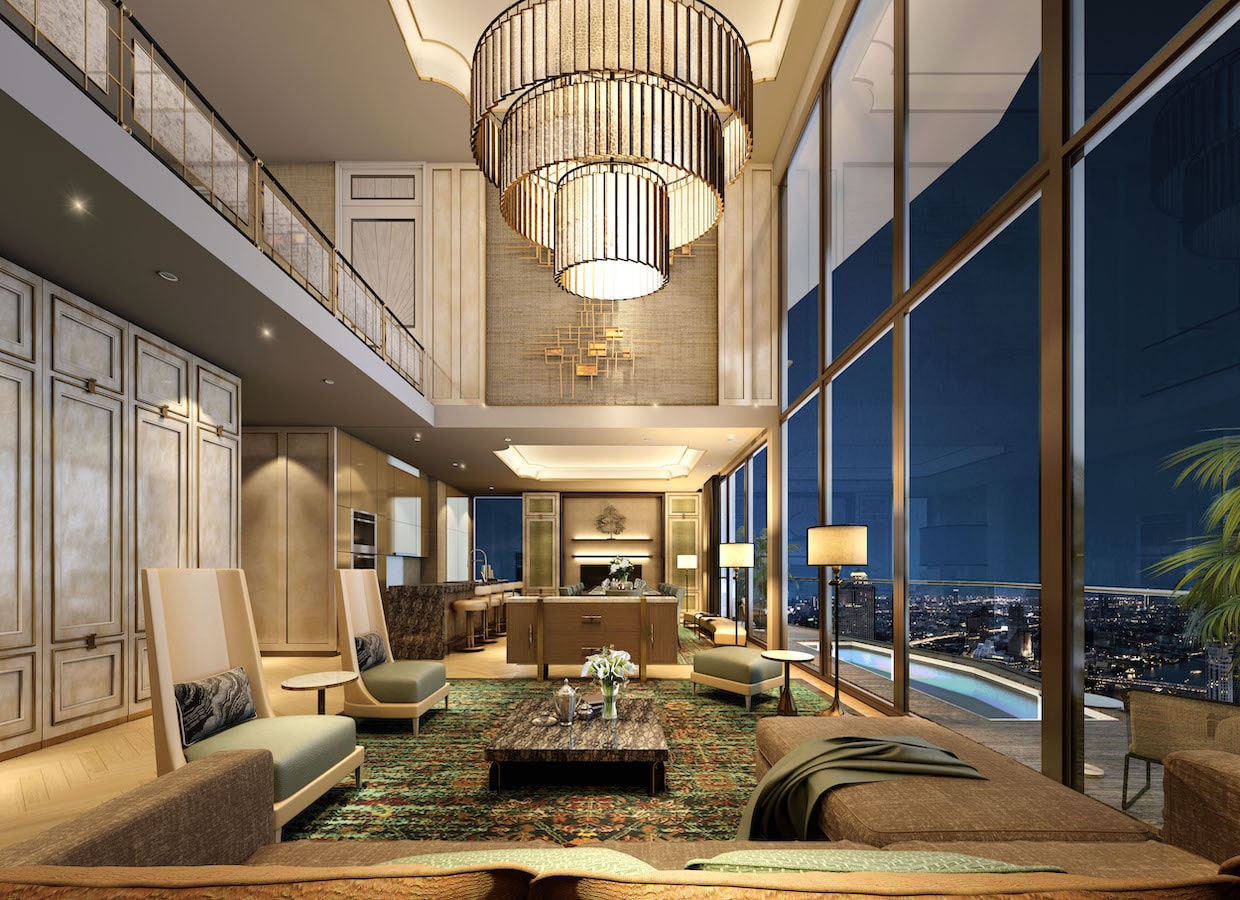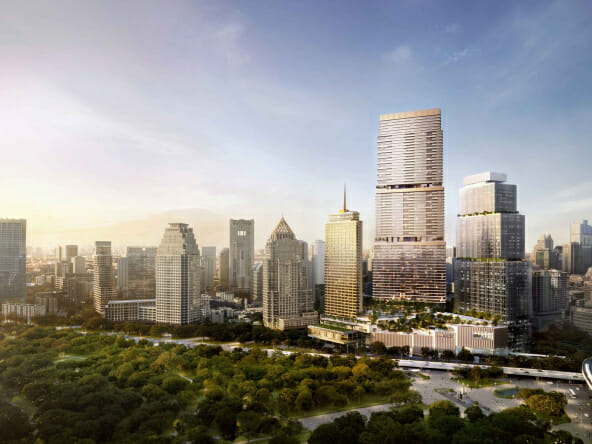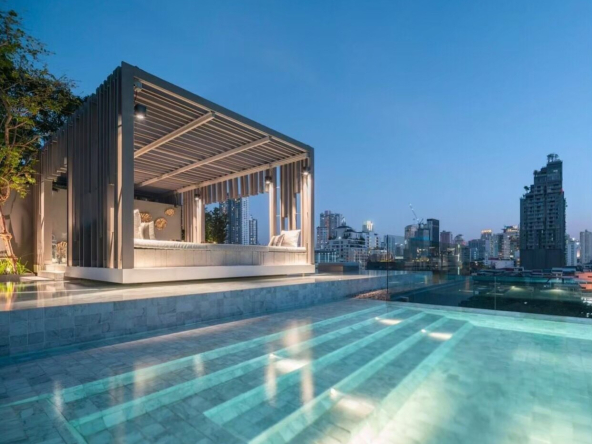The concept of penthouses has come a long way since their inception. They have evolved from simple rooftop living spaces to luxurious and exclusive properties in some of the world’s most sought-after locations. This article will take you on a historical journey, exploring the evolution of penthouses and the factors that contributed to their growing popularity and prestige.
The Early Beginnings of Penthouses
The Birth of Penthouses in the 1920s
The history of penthouses can be traced back to the 1920s, during the construction boom in New York City. As developers sought to maximize their profits, they began building residential spaces atop commercial buildings. These early penthouses were relatively modest in size and design, but their unique positioning on rooftops offered residents spectacular views and a sense of privacy away from the bustling city streets below.
The Great Depression and Its Impact on Penthouses
The Great Depression in the 1930s brought about a significant change in the housing market, with a sharp decline in demand for luxury living spaces. Despite this downturn, penthouses continued to evolve, becoming more sophisticated and opulent. This was primarily due to the efforts of architects and developers who sought to redefine luxury living and attract wealthy clients.
The Mid-Century Transformation of Penthouses
Post-World War II Developments
Following World War II, there was a resurgence in the construction industry, and penthouses continued to grow in popularity. New architectural styles, such as Modernism and International Style, emerged and influenced the design of these living spaces. Penthouses became larger and more extravagant, featuring open floor plans, floor-to-ceiling windows, and spacious outdoor terraces.
The Rise of Luxury Amenities
As penthouses gained popularity among the affluent, developers began to focus on offering a range of luxury amenities to attract potential buyers. These amenities included private elevators, swimming pools, state-of-the-art kitchens, and even personal concierge services. The emphasis on creating an exclusive and luxurious lifestyle for residents further contributed to the penthouse’s transformation and prestige.
The Modern Era of Penthouses
The 21st Century and the Sky-High Penthouses
The 21st century has seen the development of some of the world’s most iconic and expensive penthouses. With the rise of supertall skyscrapers, penthouses have reached new heights, offering unparalleled views and a level of exclusivity that is unmatched. These modern penthouses often feature cutting-edge technology, opulent interiors, and expansive outdoor spaces, catering to the desires of the world’s wealthiest individuals.
Penthouses as a Symbol of Status and Wealth
In today’s world, penthouses have become synonymous with status and wealth. Owning a penthouse is not only about enjoying luxurious living spaces and breathtaking views but also a way to showcase one’s success and affluence. The demand for high-end penthouses has led to record-breaking sales prices in major cities worldwide, further reinforcing their reputation as a symbol of prestige.
Conclusion: The Ongoing Evolution of Penthouses
The evolution of penthouses is a testament to the ever-changing landscape of luxury real estate. From their humble beginnings as rooftop living spaces to the opulent and exclusive properties they are today, penthouses have continually adapted to cater to the desires of the elite. As architectural advancements continue and the pursuit of luxury living reaches new heights, we can expect the evolution of penthouses to persist. Future developments may involve even more innovative designs, sustainable features, and cutting-edge technology that cater to the increasingly sophisticated tastes of discerning buyers. In this way, penthouses will remain a symbol of status and wealth, as well as a testament to the ingenuity and creativity of architects and developers worldwide.




